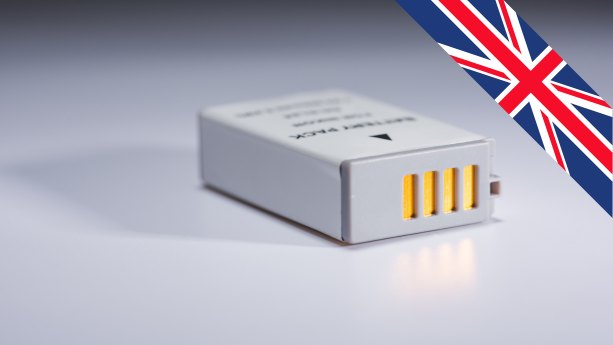
Batteries and products containing batteries sold in the UK are subject to various safety standards, substance restrictions, labelling, documentation, and testing requirements. Ensuring compliance is essential, as non-compliant batteries can explode and cause fires.
In this guide, we take a closer look at the Batteries and Accumulators Regulations 2008, Waste Batteries and Accumulators Regulations 2009 and other UK regulations relevant to batteries and products containing batteries. However, this article does not cover UK regulations relevant only to electronic parts, such as the Electromagnetic Compatibility Regulations 2016.
Note: This article does not cover requirements for Northern Ireland, which is generally aligned with EU product safety requirements.
Content Overview

FREE CONSULTATION CALL (US, EU & UK)
- Request a free 30-minute call with Ivan Malloci to learn how we can help you with:
- Find product requirements
- Certification and labeling
- Lab testing
The Batteries and Accumulators Regulations 2008
The Batteries and Accumulators Regulations 2008 establish requirements for all types of batteries and appliances that use them. The regulations require the following:
a. Adherence to substance restrictions (for cadmium and mercury)
b. Provision of user instructions
c. Proper labelling using mandated symbols and capacity information
d. Specific design for appliances containing batteries
Substance restrictions
The regulations set the following substance restrictions for batteries.
a. The use of mercury in batteries to 0.0005% by weight, and
b. The use of cadmium in portable batteries is limited to 0.002% by weight, whereas a portable battery is defined as a sealed battery that can be hand-carried as it is not an automotive or an industrial battery.
Note that the cadmium restriction does not apply to portable batteries used for emergency systems (e.g. emergency lighting) or medical equipment.
Instructions
The regulations require you to provide instructions for safely removing the battery from the appliance by an end user. If the battery is incorporated into the appliance, the instructions should also indicate what type of incorporated battery it is.
Design requirements for appliances
Appliances sold in the United Kingdom should be designed so that batteries can be easily removed by consumers or, when that is not possible, by qualified professionals (this could be the case for some quartz watches, for example).
Labelling requirements
In this section we list the labelling requirements under the regulations, which include symbols and capacity information.
| Title | Description |
| Crossed-out wheeled bin symbol | 
The regulations mandate that you permanently and clearly affix the crossed-out wheeled bin symbol onto your product. If your product is too small for the symbol, you should instead affix it to the packaging. |
| Capacity labelling | Rechargeable and automotive batteries should permanently bear the battery capacity information prior to their sale. |
| Substance symbols | Batteries should include the following chemical symbols:
a. “Hg” – if they are button cell batteries and contain more than 0.0005% of mercury b. “Cd” – if they contain more than 0.002% of cadmium c. “Pb” – if they contain more than 0.004% of lead You should ensure that you print the applicable chemical symbol under the crossed-out wheeled bin symbol. |
The Waste Batteries and Accumulators Regulations 2009
The Waste Batteries and Accumulators Regulations 2009 establish producer obligations for different types of batteries, such as portable, automotive, or industrial batteries.
The regulations generally require producers – that is companies such as importers and manufacturers that sell batteries in the UK – to:
- Finance the collection of waste batteries
- Register and join a compliance scheme to collect, treat, and recycle batteries
- Keep written records or waste portable batteries collected
- Report the total tonnage of sold and collected waste portable batteries
Compliance schemes
Battery producers need to join a battery compliance scheme and pay an annual fee to have their batteries collected, treated, and subsequently recycled.
The Environment Agency’s National Packaging Waste Database provides a list of five approved battery compliance schemes, that is:
- Wastecare Compliance Plc
- Recycling Lives Compliance Services Limited
- ERP UK Ltd
- RESC Limited
- Valpak Ltd
Note that “small producers” are exempt from some of the requirements. Specifically, we found that they do not have to pay to have their portable batteries collected, treated, and recycled, and are not obliged to join a compliance scheme.
According to the regulations, a “small producer” is defined as a producer that sells one tonne or less of portable batteries per year.
Registration requirements
Producers of portable, automotive, or industrial batteries are subject to registration requirements.
If you produce those types of batteries, you can either register through the National Packaging Waste Database (NPWD), or you can have the compliance scheme you joined help you register.
Record-keeping and reporting requirements
Battery producers should keep records of the tonnage of batteries they sold, collected, and delivered to a battery treatment operator, as well as the chemical makeup of said batteries (e.g. nickel-cadmium).
Producers of industrial and automotive batteries should report to the Secretary of State the category and chemistry type of the batteries, as well as the total tonnage of waste batteries collected and delivered.
Note that the compliance schemes you join can help you keep records and provide your information to the Secretary of State.
General Product Safety Regulations 2005
The General Product Safety Regulations 2005 establish safety requirements for consumer products, which would also include batteries.
The regulations generally require you to:
a. Ensure product safety prior to sale by conducting the necessary testing
b. Provide instructions with your product (e.g. for installation, use, and disposal)
c. Keep a register of complaints, if deemed necessary
d. Provide traceability information
e. Provide warnings, where necessary, of the risks associated with the product
BS EN standards
The General Product Safety Regulations 2005 sets referenced standards for several types of products (e.g. gymnastic equipment). You should ensure that your product complies with the referenced standards in order to comply with the requirements of the regulations when they exist.
We could not find referenced standards that explicitly cover batteries. However, we did find some standards for batteries, even though they are not referenced under the regulations. We list them in the next section.
Documentation
Here we list the documentation requirements established by the General Product Safety Regulations 2005.
| Title | Description |
| User instructions | You should provide instructions for the assembly, installation, maintenance, use, and disposal of your product. |
| Register of complaints | You should, if necessary and where reasonable, keep a register of complaints regarding the product’s safety (e.g. in the case they receive safety complaints from customers). |
| Test report | The regulations indicate that you should, where reasonable, conduct sample testing. This is generally necessary to ensure product safety.
If your product passes testing, you should receive a test report that proves product compliance with the requirements of the regulations. |
Labelling Requirements
Here we list the labelling requirements set by the regulations.
| Title | Description |
| Product traceability | You should provide the following traceability information with your product:
|
| Warning labels | You should provide labels on the product that warn of any inherent risks associated with said product, where necessary. |
BS EN Standards for Batteries
You can use relevant BS EN standards to ensure that your batteries, as well as products that use batteries, comply with the regulations and are safe to use. Such standards are important for ensuring the safety of batteries, as batteries may explode or even catch fire, endangering lives and property.
Here are some examples of such standards:
BS EN IEC 60086-1 – Primary batteries – General
BS EN IEC 60086-2-2 – Primary batteries – Part 2-2: Physical and electrical specifications of lithium batteries
BS EN IEC 60086-3 – Primary batteries – Watch batteries
BS EN IEC 60086-4 – Primary batteries – Safety of lithium batteries
BS EN 62133-2 – Secondary cells and batteries containing alkaline or other non-acid electrolytes. Safety requirements for portable sealed secondary cells, and for batteries made from them, for use in portable applications – Lithium systems
BS EN IEC 62620 – Secondary cells and batteries containing alkaline or other non-acid electrolytes – Secondary lithium cells and batteries for use in industrial applications
BS EN IEC 60622 – Secondary cells and batteries containing alkaline or other non-acid electrolytes – Sealed nickel-cadmium prismatic rechargeable cells and batteries for use in industrial applications
BS EN IEC 62259 – Secondary cells and batteries containing alkaline or other non-acid electrolytes – Nickel-cadmium prismatic rechargeable cells with partial gas recombination and batteries for use in industrial applications
BS EN IEC 62675 – Secondary cells and batteries containing alkaline or other non-acid electrolytes. Sealed nickel-metal hydride prismatic rechargeable cells and batteries for use in industrial applications
You can find more battery standards on the BSI Group website.
UN 38.3 – Lithium Metal and Lithium Ion Batteries
According to the UK Civil Aviation Authority (CAA), if you ship lithium batteries by air, you should ensure said batteries comply with the requirements in Part III, subsection 38.3 of the UN Manual of Tests and Criteria.
This includes testing, labelling, documentation and packaging requirements.
REACH Regulation (EC) 1907/2006
The REACH Regulation (EC) 1907/2006 establishes restrictions on substances used in consumer products, which would include batteries and products that use batteries. In turn, the REACH Enforcement Regulations 2008 set requirements for enforcing the REACH Regulation (EC) 1907/2006.
Note that this regulation is based on the EU’s REACH Regulation. However, there may be differences between the regulations (e.g. the list of restricted substances).
This regulation generally requires you to:
a. Ensure your batteries comply with the substance restrictions
b. Notify the Health and Safety Executive when a product contains more than 0.1% of a substance listed on the Candidate List
Restricted Substances (Annex XVII)
Annex XVII lists substances that may be restricted in all products, or only in some categories of products (e.g. jewellery).
We could not find specific restrictions for batteries. However, substance restrictions that generally cover consumer products may also apply to batteries. For example, battery casings may contain some phthalates (e.g. DEHP, DBP, BBP, DIBP), which the regulation restricts to 0.1% by weight in articles.
Note that the regulation specifically exempts button cell batteries and portable zinc-carbon batteries from the 0.05% lead restriction in Annex XVII.
UK REACH Candidate List
The UK REACH Candidate List contains substances of very high concern (SVHC). These dangerous substances are carcinogenic, mutagenic, reprotoxic (CMR), persistent, bioaccumulative, and toxic (PBT). If your product contains more than 0.1% of a listed substance, you need to notify the Health and Safety Executive.
Here are some examples of listed substances that may exist in batteries:
- Cadmium
- Lead
Persistent Organic Pollutants Regulation (EU) 2019/1021
The Persistent Organic Pollutants Regulation (EU) 2019/1021 restricts POPs and articles containing POPs. Here are some examples of listed substances:
a. DecaBDE – may be found in battery cases
b. HBCDD – may be found in polymer casings of lead acid batteries
c. Antimony trioxide – may be found in waste lead acid batteries
Note that the Persistent Organic Pollutants Regulations 2007 set requirements for enforcing the Persistent Organic Pollutant Regulation (EU) 2019/1021. The Persistent Organic Pollutant Regulation (EU) 2019/1021 is based on the EU’s POPs Regulation. There may exist some differences between the regulations, such as their respective lists of restricted substances.
Lab Testing
You need to get your batteries tested to ensure compliance with the requirements. This could include substance restrictions, BS EN standards concerning battery safety, and more.
Some regulations mandate that you get your product tested. Other regulations may not explicitly require testing, but you should still test your batteries against their requirements to ensure that your products are safe to use.
If your batteries pass the tests, you should receive a test report that proves that your product complies with the requirements of the applicable regulation or standard.
Battery testing companies
Here we list some companies that have labs in the United Kingdom and claim that they can test against EN standards for batteries or UN 38.3:
- Intertek
- TÜV SÜD
- SGS
- Eurofins
- Bureau Veritas


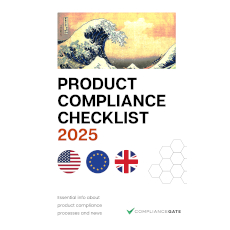
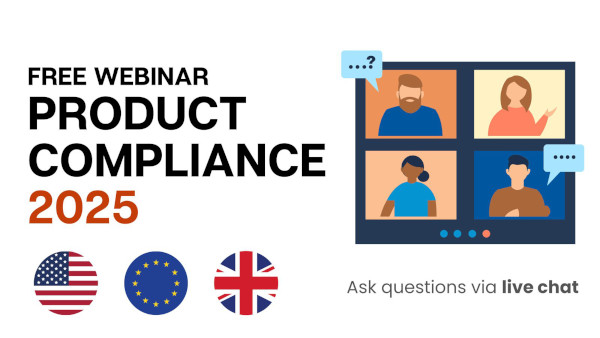
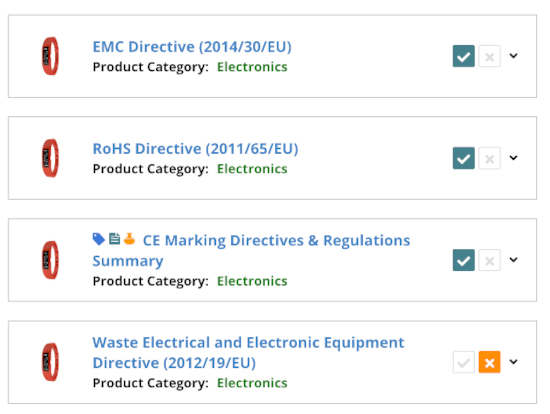








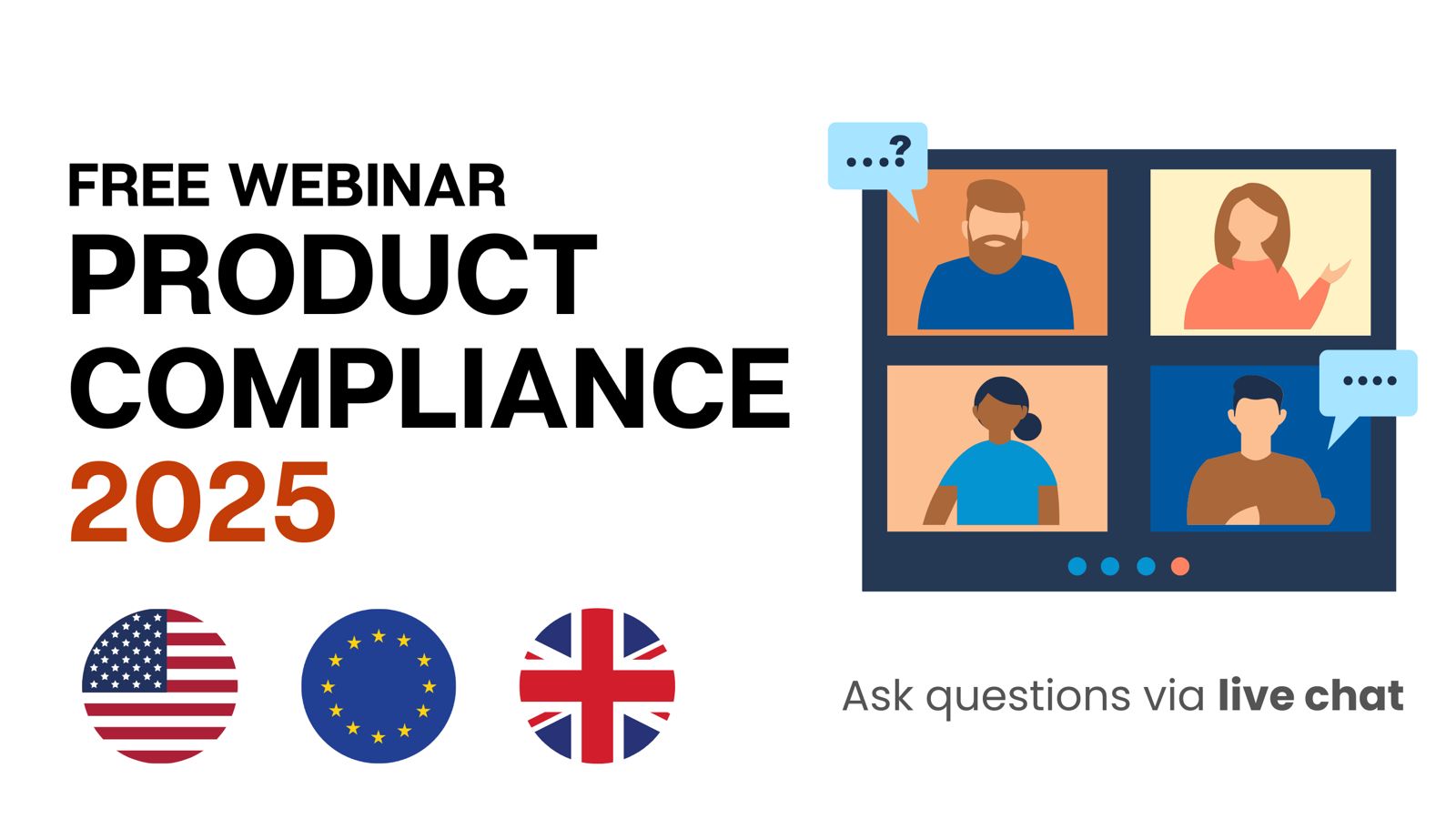

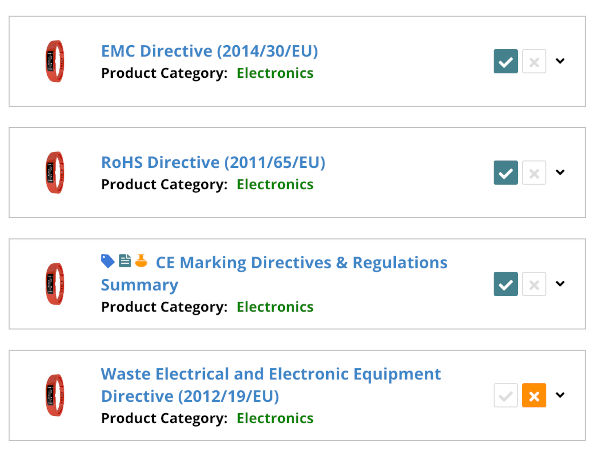

Looking for reliable and up-to-date information on solar panels in Pakistan? Visit SolarPanelInfo.pk for expert insights, price comparisons, installation guides, and the latest trends in solar energy. Whether you’re planning to switch to solar power for your home or business, we provide everything you need to make an informed decision. Explore our website today and take a step towards a greener, more cost-effective future! 🌞🔋https://solarpanelinfo.pk/category/batteries/